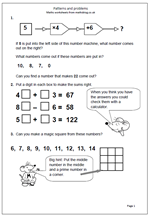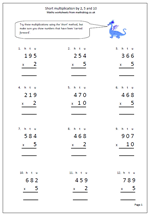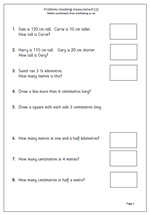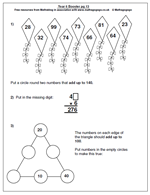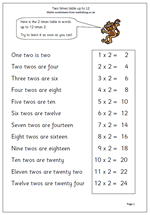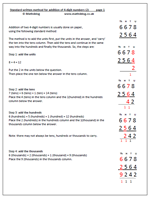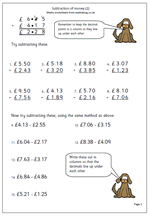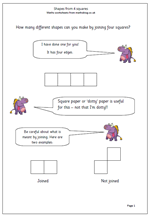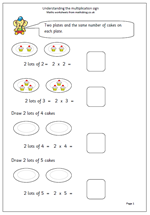 At one time multiplication was not really introduced until year 2, but recent curriculum planning has included understanding multiplication into year 1, so here is a couple of pages to try to help with this.
At one time multiplication was not really introduced until year 2, but recent curriculum planning has included understanding multiplication into year 1, so here is a couple of pages to try to help with this.
At first multiplication can be seen as repeated addition so that:
2 added together 3 times is 2 + 2 + 2, or 3 lots of 2, or 3 times 2, or 3 x 2 (or 2 x 3).
The multiplication sign needs to be introduced, including using the words ‘times’, ‘multiply’ and ‘lots of’.
The second of the pages is quite a bit harder as there are no illustrations and various parts of the number sentences are missing. it would be a good idea to ‘talk through’ each number sentence, saying them out loud.
